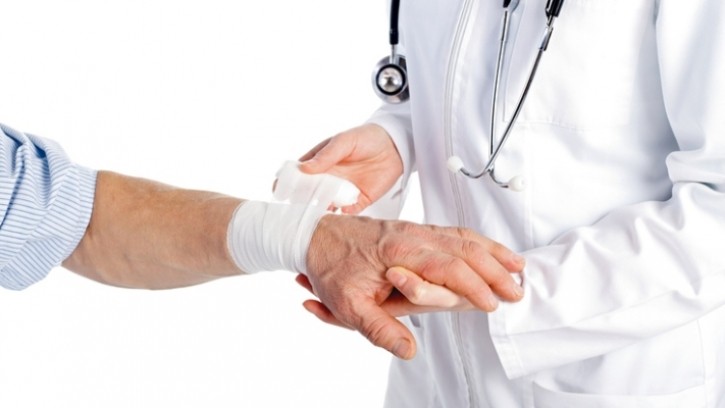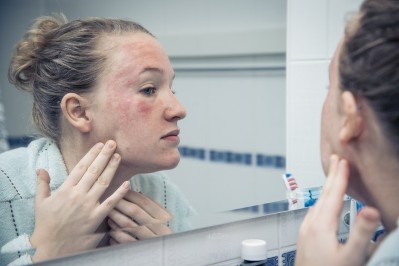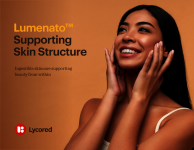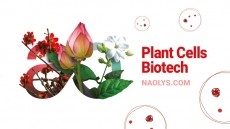New meta-analysis unveils comparative efficacies of plasma derivatives in wound healing

Wound healing is an intricate biological process regulated by a myriad of growth factors, cytokines, cells, and cell matrix. Plasma derivatives, derived from healthy blood through separation and purification techniques, have garnered attention in recent years.
The swift advancement of regenerative medicine has also proliferated the use of plasma derivatives. However, a discernible gap persists in the direct or indirect comparison of the efficacy among these derivatives, hindering their clinical promotion and selection.
To address this, a meta-analysis encompassing 42 studies with 5164 patients was performed. Of which, four were cohort studies while the remaining 38 were randomised clinical trials.
What did the researchers find?
GF (Growth Factor) combined with Oxidised Regenerated Cellulose and Collagen Biomaterial (ORCCB) has been identified as yielding the most substantial healing area.
Researchers attribute this to ORCCB's ability to establish a protective environment that fosters efficient wound healing.
In terms of wound healing area, the ranking from high to low is as follows: GF + ORCCB; ORCCB; GF; Platelet Rich Fibrin (PRF); Unnas paste dressing; Autologous Platelet Gel (APG); Platelet-Rich Plasma (PRP) injection; PRP; PRP + Thrombin Gel; Platelet-Poor Plasma (PPP); Autologous Platelet Lysate (HPL), and other conventional measures without plasma derivatives.
Regarding healing time, the meta-analysis highlights that PRP + Thrombin Gel demonstrates the shortest duration. The combination of PRP and thrombin induces an adhesive effect, stimulating the release of growth factors and expediting wound healing.
The order of healing time from low to high is PRP + Thrombin Gel; GF; PRP; Keratinocytes suspended in Platelet Concentrate (PC + K); Platelet Concentrate (PC); APG; PRF; conventional measures, and Silver Sulfadiazine Ointment. However, no significant statistical differences were found among these interventions.
APG emerges as the most effective in terms of healing and reducing post-infection. Activated platelets in APG contain microbicidal proteins with potent antibacterial activity, exerting strong antibacterial effects.
The order of the number of wound healing cases from high to low is APG; PRP injection; PRP; Aurix; PRF; LeucoPatch; HPL; antiseptic ointment dressing; conventional measures; 60 μg/cm2 Replifermin; 120 μg/cm2 Replifermin; Autologous Fibrin Gel (AFG), and PPP.
Simultaneously, patients using AFG report significantly lower pain scores compared to those undergoing other non-plasma derivative interventions (p < 0.05). Again, no statistically significant difference is found when comparing with other intervention measures.
Directions for future studies
Researchers emphasis that many of the analysed randomised clinical trials were characterised by low quality and small sample sizes. These factors may compromise the reliability of the obtained results.
Additionally, the studies were conducted in different countries around the world adhering to distinct medical standards and protocols. This could introduce potential variability.
In response to these limitations, the researchers advocate for more robust, multi-centre, large-sample clinical studies. Such studies are deemed essential to augment the evidence base, further validating the efficacy of plasma derivatives in the context of wound healing.
“[We found] GF + ORCCB is the best in reducing wounds, and PRP + thrombin gel has the shortest treatment time. The number of people who have recovered from APG and the reduction of wound infections are the most prominent, and the analgesic effect of APG is the best. Clinical medical staff can choose appropriate treatment plans based on the needs of patients.” Researchers wrote. “[However], more studies with large sample sizes are needed to confirm the above findings.”
Source: International Wound Journal
Clinical efficacy of blood derivatives on wound healing: A systematic review and network meta-analysis
https://onlinelibrary.wiley.com/doi/10.1111/iwj.14622
Authors: Yanhong Wu et al.

![Our top stories on formulation and science. [HEURE]](/var/wrbm_gb_food_pharma/storage/images/_aliases/wrbm_medium/publications/cosmetics/cosmeticsdesign-asia.com/headlines/formulation-science/skin-science-top-five-stories-on-cosmetics-science-and-formulation8/16590570-1-eng-GB/Skin-science-Top-five-stories-on-cosmetics-science-and-formulation.jpg)
![Yak collagen has been found to be an effective remedy for sunburns. [Getty Images]](/var/wrbm_gb_food_pharma/storage/images/_aliases/wrbm_medium/publications/cosmetics/cosmeticsdesign-asia.com/headlines/formulation-science/yak-collagen-shows-promise-in-accelerating-healing-process-of-sunburns-chinese-study/16076405-1-eng-GB/Yak-collagen-shows-promise-in-accelerating-healing-process-of-sunburns-Chinese-study.jpg)






![[Getty Images]](/var/wrbm_gb_food_pharma/storage/images/_aliases/wrbm_tiny/publications/cosmetics/cosmeticsdesign-asia.com/china/china-focus-latest-developments-in-china-s-booming-beauty-market22/17370102-1-eng-GB/China-focus-Latest-developments-in-China-s-booming-beauty-market.jpg)
![YSL's LoveShine launch has sparked a demand surge in Japan. [YSL]](/var/wrbm_gb_food_pharma/storage/images/_aliases/wrbm_tiny/publications/cosmetics/cosmeticsdesign-asia.com/article/2024/04/24/ysl-loveshine-launch-propels-lip-gloss-sales-to-record-highs-in-japan-since-2020/17372064-1-eng-GB/YSL-LoveShine-launch-propels-lip-gloss-sales-to-record-highs-in-Japan-since-2020.jpg)
![There is significant scope for innovation and new launches in the hair repair sector, especially in soaring markets such as China. [Getty Images]](/var/wrbm_gb_food_pharma/storage/images/_aliases/wrbm_tiny/publications/cosmetics/cosmeticsdesign-asia.com/article/2024/04/24/croda-zeroes-in-on-hair-repair-solutions-as-damage-hair-concerns-surge-in-markets-like-china/17362731-1-eng-GB/Croda-zeroes-in-on-hair-repair-solutions-as-damage-hair-concerns-surge-in-markets-like-China.jpg)



![Lubrizol has extended its partnership with C-beauty major PROYA. [PROYA]](/var/wrbm_gb_food_pharma/storage/images/_aliases/wrbm_tiny/publications/cosmetics/cosmeticsdesign-asia.com/headlines/brand-innovation/lubrizol-bullish-on-potential-of-c-beauty-growth-potential/17362515-1-eng-GB/Lubrizol-bullish-on-potential-of-C-beauty-growth-potential.jpg)


